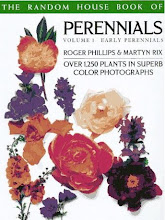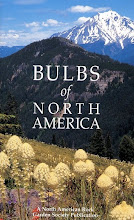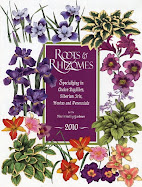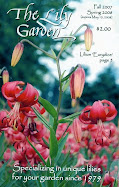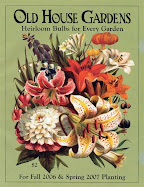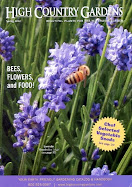Narcissus 'Tete-a-Tete' February 2010
Narcissus 'Mite' February 2010
Narcissus 'W P Milner' February 2010
Narcissus poeticus 'Actaea' March 2010
Narcissus 'Itzim' March 2010
Narcissus pseudonarcissus 'Princeps' March 2010
Narcissus 'Seagull' March 2010
Narcissus are some of my favorite plants in the
Cascadia Garden in Seattle.
Narcissus is the birth-month flower for March, the month when I was born. I can't remember a birthday when I didn't receive a bunch of Narcissus. I'm very attracted to the very common
Narcissus 'King Alfred'. But I really love them all. I'm particularly fond of the
miniatures, which bloom earliest, often toward the end of February. I've included the bloom times for Narcissus in my garden, below. Narcissus have been grown for millennia. They appeared in the
gardens of ancient Rome. Most are native to the
Mediterranean Basin, many in
Iberia & Morocco.
Narcissus serotinus is a fall-flowering species which grows as far east as Israel.
Narcissus pseudonarcissus, the Daffodil, grows as far north as England. The native range of
Narcissus jonquilla, the Jonquil, is limited to the Iberian Peninsula. There are perhaps 45 species of Narcissus divided into 10 groups, the largest of which is the
Pseudonarcissi. Most garden varieties are derived from
Narcissus cyclamineus,
Narcissus jonquilla,
Narcissus poeticus,
Narcissus pseudonarcissus,
Narcissus tazetta &
Narcissus triandrus. Species, hybrids & cultivars are divided into
13 horticultural divisions. A good source for Narcissus is
John Scheepers, Inc. Heirloom Narcissus can be found at
Old House Gardens.
Narcissus in the Cascadia Garden:
Narcissus ‘Beersheba’ derived from Narcissus pseudonarcissus, introduced in 1923. Bloom times: 3-01-10, 3-25-09, 3-16-08
Narcissus ‘Hawera’ derived from Narcissus triandrus & Narcissus jonquilla, introduced in 1928 Bloom times: 3-27-10
Narcissus ‘Itzim’ derived from Narcissus cyclamineus, introduced in 1982 Bloom times: 2-27-10, 3-17-09, 3-3-08
Narcissus ‘Jenny' derived from Narcissus cyclamineus but said to be a hybrid, introduced in 1943. Bloom times: 2-27-10, 3-25-09
Narcissus ‘Seagull’ derived from Narcissus poeticus, introduced in 1893. Bloom times: 3-14-10, 4-06-09
Narcissus ‘Small Talk’ derived from Narcissus minor, introduced in 1965. Bloom times: 2-07-10, 3-2-09, 2-22-08
Narcissus ‘Tete-a-Tete’ derived from Narcissus cyclamineus & Narcissus tazetta, introduced in 1949. Bloom times: 2-07-10, 2-27-09, 2-28-08































































